Intern Weekly Response: Catalog Reviews!
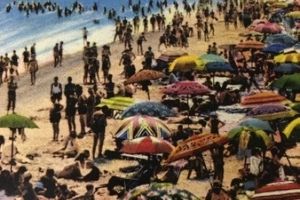
Every week we’re asking our summer interns to share some thoughts and responses to various experiences and readings. This week we asked them to read a selected JMM exhibit catalog and write a short review! To read more posts from JMM interns, past and present, click here.
Vacations and the Jewish American Dream: Contrasting Identities
By Collections Intern Amy Swartz
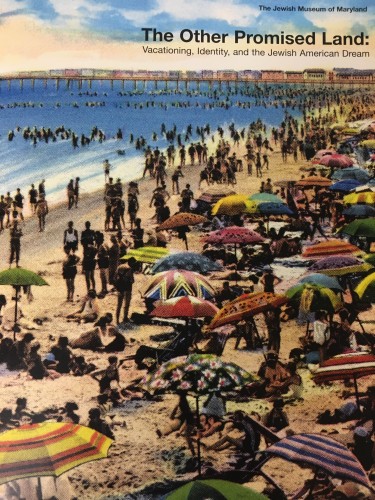
The JMM’s catalog on Jewish Vacations, titled The Other Promised Land: Vacationing, Identity, and the Jewish American Dream, discusses where and how Jewish Americans vacation. Each article takes on a different place including Atlantic City, Miami Beach, or discusses a theme such as Heritage Tourism or Anti-Semitism. One theme that struck me was the conflicting identities Jews has in the context of these getaways.
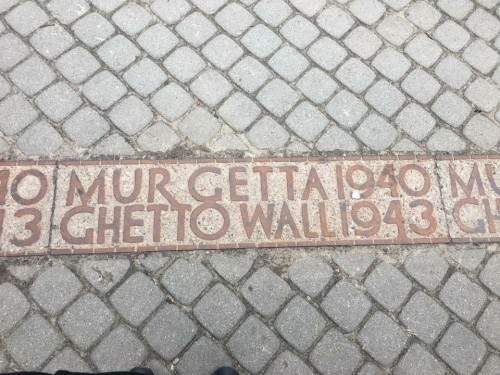
A consistent conflict is between who is Jewish: German Jews/those who have been in the United States for longer vs. Eastern European Jews. German Jews had assimilated into American culture and were generally wealthier than their newer counterparts in society. These differences often manifested themselves during vacations. Another conflict discussed was the conflict between religion and vacation. Some Jews chose to be less religiously involved while on break which led to fierce criticism from fellow Jews.
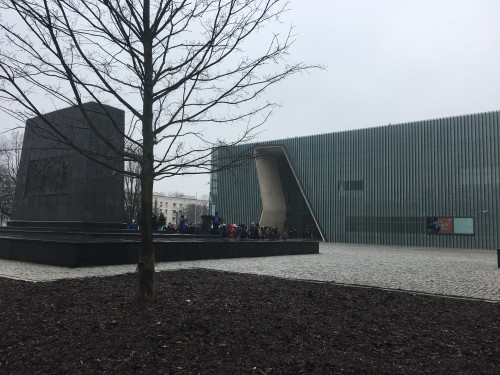
The article titled “Heritage Tours” also touched on the idea of identity and who/what is Jewish. Jews who visited Warsaw realized that the Jewish history now remembered was explicitly about the Holocaust rather than the centuries of history prior. Many felt their history was no longer accessible there, specifically because most of the buildings and neighborhoods were destroyed during WWII. Having just visited Warsaw in March, and toured the Warsaw Ghetto, I understand the frustration as there is a less tangible history due to destruction. Identity plays a key role in most people’s lives, however, for Jews, vacations were an intersectional moment where conflicting identities emerged.
Chosen Food: How the Chosen People create a Food Culture
By Education Intern Erin Penn
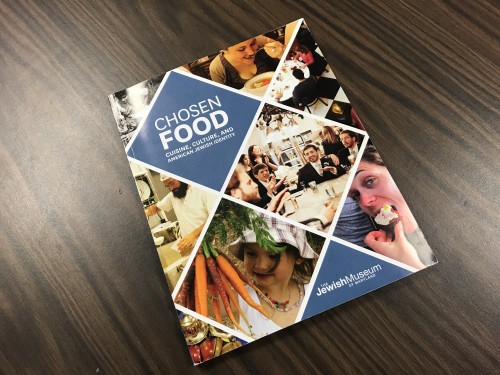
I got to read and review Chosen Food: Cuisine, Culture and American Jewish Identity for this week. The catalogue contains numerous essays about Jewish eating traditions, recipes, and the importance of food for a community. In the midst of the essays, there are shorter pieces called “Contemporary Voices.” The entire catalogue was fascinating—it excited my interests and my taste buds.

I really enjoyed reading Ted Merwin’s essay about how the Jewish community and Jewish practices changed as the immigrated to America. He focused on the popularity of kosher restaurants and delicatessens as a central meeting place. Merwin writes, “The corner kosher deli competed with the synagogue as the cornerstone of the Jewish neighborhood” (29). The essay was interesting because it did not focus on one specific city or type of cuisine and instead showed the widespread custom of eating out. I am curious if there are similar comparisons between other cultures and their eating customs and traditions. Don’t all immigrant communities hold onto and adapt their traditions, especially their food, in new American towns?
Beyond Chicken Soup: Jewish and Medicine in America
By Collections Intern Joelle Paull
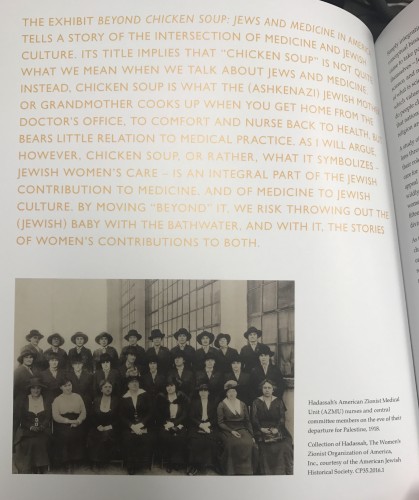
In his introduction to the exhibition catalogue for Beyond Chicken Soup: Jews & Medicine in America, JMM Director Marvin Pinkert, wrote sought “to illuminate how scientific and cultural concerns have intertwined to shape not only the American Jewish experience, but an important field of human endeavor.” (Pinkert, 5). The essays in the catalogue do exactly that. From the role of the immigrant’s body in assimilation to representation of Jewish physicians in pop culture, the catalogue and essays within it show the process of assimilation and cultural exchange culminating with American Jewish doctor’s complex image in our culture.” (Merwin, 90).
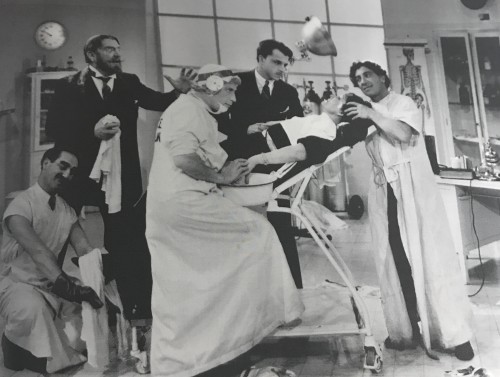
The collection of essays as a whole are most successful in illustrating the many ways the Jewish immigrants were successful in making a place for themselves in the United States and the struggle of fighting stereotypes, prejudices, and in turn images of self-worth. It illustrates the role of health in many Jewish cultures and details various traditions surrounding health, medicine, and the body.
Small But Significant
By Exhibitions Intern Ryan Mercado
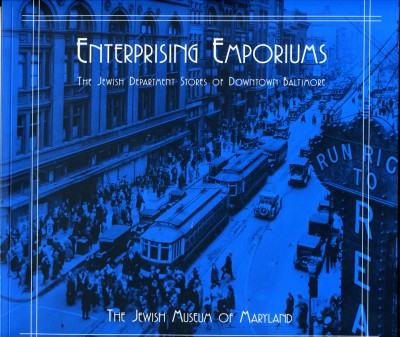
When I first arrived at the JMM back in June to begin this internship, I found a large blue booklet in the back pocket of my intern binder. This blue booklet, Enterprising Emporium: The Jewish Department Stores of Downtown Baltimore, is the catalogue for the corresponding exhibit of the same name that was on display at the JMM from 2001-2003. I was tasked with reviewing this catalogue for today’s blog post – but how does a person review a catalogue for an exhibit that they have not seen? That is the primary concern I had in terms of reading this catalogue. The layout of the catalogue helped me try to understand what I could not see with an intro and three scholarly essays. I’m guessing the essays correspond with the sections of the exhibit.
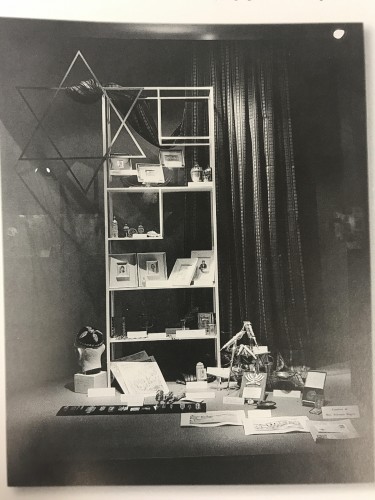
The introduction by former Museum Director Avi Decter set the stage for what I was about to read and what images I was going to see. I must admit that when I think of Jewish Baltimore, I don’t think of department stores, but the JMM is a Jewish heritage museum that tells the story of Baltimore Jews, and the fact that many historic department stores were owned by Jews is significant and it makes sense that an entire exhibit was devoted to the tropic. I think the intro well established me and gave me the necessary facts and figures one would need to know about the topic. After all, publications by the JMM should help educate non-Jews, and this catalogue does a good job at that. The one essay that I was immediately drawn to was one entitled: “Expressions of Jewish Identity in Baltimore’s Downtown Department Stores.” I immediately turned to that essay and began reading.
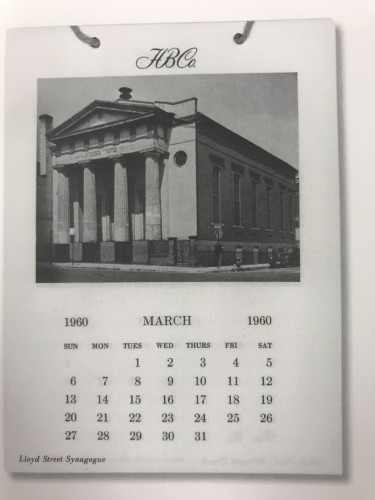
I assume that museum catalogues offer supplementary information and history than the actual exhibit itself did. After all, you can’t possibly fit large essays onto exhibit placards. What I found in this essay was extremely interesting to me, and it taught me more of how Baltimore’s Jews sought to carve a space out for themselves. In this arena, they’re in Department Stores. How does a Jew express their Jewish identity in a Department Store? A store that remains open on the Sabbath! According to the essay, the sheer fact that the stores were owned by Jews meant that a relaxed atmosphere about working on the Sabbath or other Jewish holidays existed. Jewish employees could get off early or stay home. But expressing Jewish identity is more than just getting Saturday off.
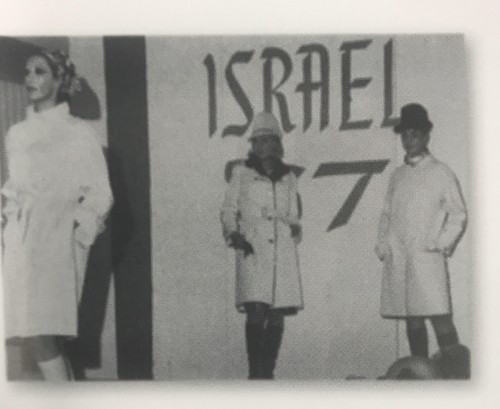
I learned that to express Jewish identity, little things were done, sometimes things that weren’t noticeable to the trained eye. For example, one Department store celebrated its 90th anniversary by displaying a Judaica collection alongside other art pieces. Advertising of Jewish organizations in windows was also quite common. In company newsletters, news of Jewish employees and their families was also commonplace. One department store even printed a calendar that featured Baltimore religious architecture, in which the Lloyd St Synagogue was featured, which was truly significant since Baltimore was/ is predominately Christian. Finally, in a very department store-esque fashion, a store paid tribute to Israel 67 by featuring Israel art and products at their store, even dressing up mannequins in Israel fashion and having a fashion show. All these are small but significant. They showcase a community that had the power to assert their Jewish identity from a powerful soapbox that reached all Baltimoreans: through shopping. Their attempts at expressing their Jewishness is what stayed with me after reading the catalog.
Filling In the Blanks: The Voices of Lombard Street Exhibit Catalogue
By Education Intern Sara Philippe
The Voices of Lombard Street exhibit catalogue is an important, maybe necessary piece of work because of the added depth it provides an exhibit that seeks to cover a century’s worth of time. It provides detailed information wherever the exhibit lacks the space, including articles about the pre- 20th and late 19th century state of Jonestown, close-by Little Italy, and the area after the departure of most of its Jews towards the second half of the 20th century, among other topics.
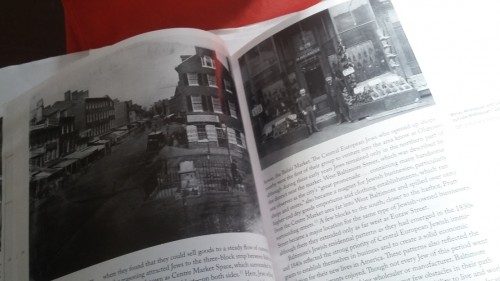
I was really interested in the article A Different Kind of Neighborhood: Central European Jews and the Origins of Jewish East Baltimore because it touches on a part of the history of the neighborhood that is largely left out in the exhibit itself. While in the exhibit and on the synagogue tours, the shifts between Central and Eastern European immigration over time is discussed, there is little mention of what Jewish Baltimore looked like before the influx of Eastern Europeans towards the end of the 19th century. I appreciate how this article explains the reasons for the dispersal and lack of a principal residential area for Jews before mass industrialization took place causing ethnic enclaves like the Lombard Street neighborhood to form.
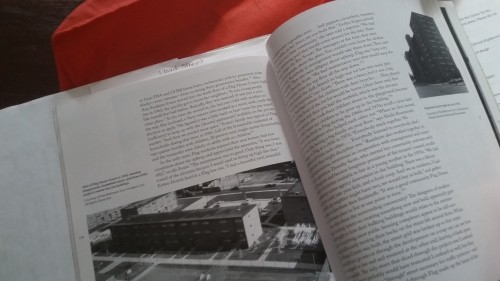
Public Notions, Private Lives: The Meanings of Place in an Inner City Neighborhood charts the history of the neighborhood as the Jewish population began to diminish significantly in the 1930s and the rise of the Flag House Courts housing developments in the 1950s. I love how the article focuses on the residents of the Flag House Courts in a way that Voices cannot given the extensive timeline it covers, while also detailing the ever-present racism that made Jonestown look as it did over time. It does a good job of detailing the role of racial segregation in the neighborhood and the factors that always allowed for white upward mobility. The article makes clear the factors that led to the transformation of the Flag House Courts as a racially mixed development to one that was 97% black. However, I believe the article falls short in analyzing the white flight that led East Baltimore’s Jews to move to other areas of the city and to the suburbs in the first place, while also depicting what that “exodus” looked like. Both the exhibit and the catalogue make me want to no more about this period and the phenomenon of white flight specifically as it affected Baltimore and the communities that were its victims rather than its benefactors.
Catalogue Review: Lives Lost, Lives Found
By Exhibitions Intern Tirza Ochrach-Konradi
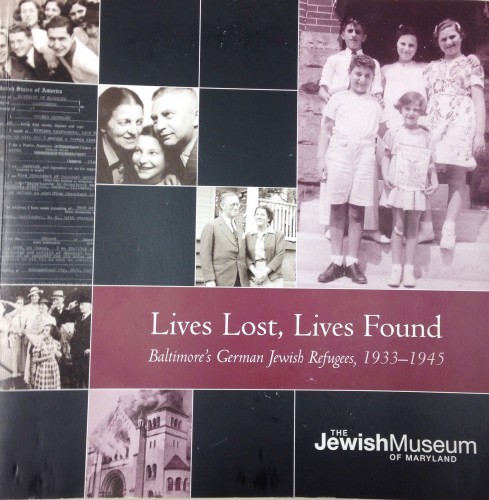
I read the exhibition booklet for Lives Lost, Lives Found; Baltimore’s German Jewish Refugees, 1933-1945. I never personally attended the exhibition that this book expands upon, so I cannot comment on how it ties to the physical presentation. However, this means that I can better interrogate the book as a lone production. I believe the publication works well as a standalone. The five essay sections are easy to follow and full of human detail that brings the facts of this period to life. The essays build a comprehensive picture of the reality of these immigrant’s lives. I most enjoyed the essay, “Knocking at the Door: The German Jewish Refugees and the U.S. Immigration Policy,” which focuses on the immigration of Bernard Mansbach and his subsequent fight to bring his family to the US.
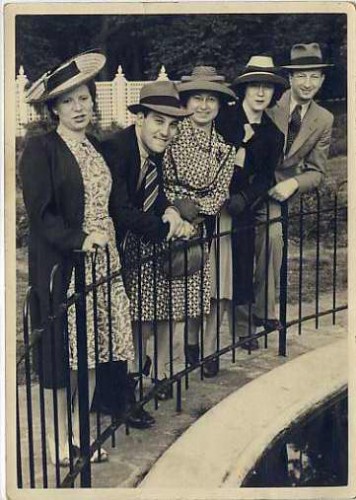
The content of this exhibition was particularly suited to book form. I’m sure there are some objects that appeared in the physical exhibition that could not be represented well in the book, but a lot of materials associated with immigration, family photos, visa papers, newspaper reporting, and government documents, all lend themselves to inclusion in the print form. Although, my favorite part primary source inclusion is the quote collection which makes up the last section. They are fantastic to read. The one thing that I wish the section included was some manner of getting additional information on the experiences each quote references. This could have either been captions that give slightly more context to each quote or perhaps a page number from within the essays where the topic the quote references is discussed. This would also encourage readers to return back to the essay sections they may have skimmed on their first pass through the catalogue.
All of these exhibit catalogs are available for purchase at Esther’s Place, the JMM Shop!
Stop in or contact Devan Southerland, Shop Assistant at 443-873-5171 / dsoutherland@jewishmuseummd.org.
